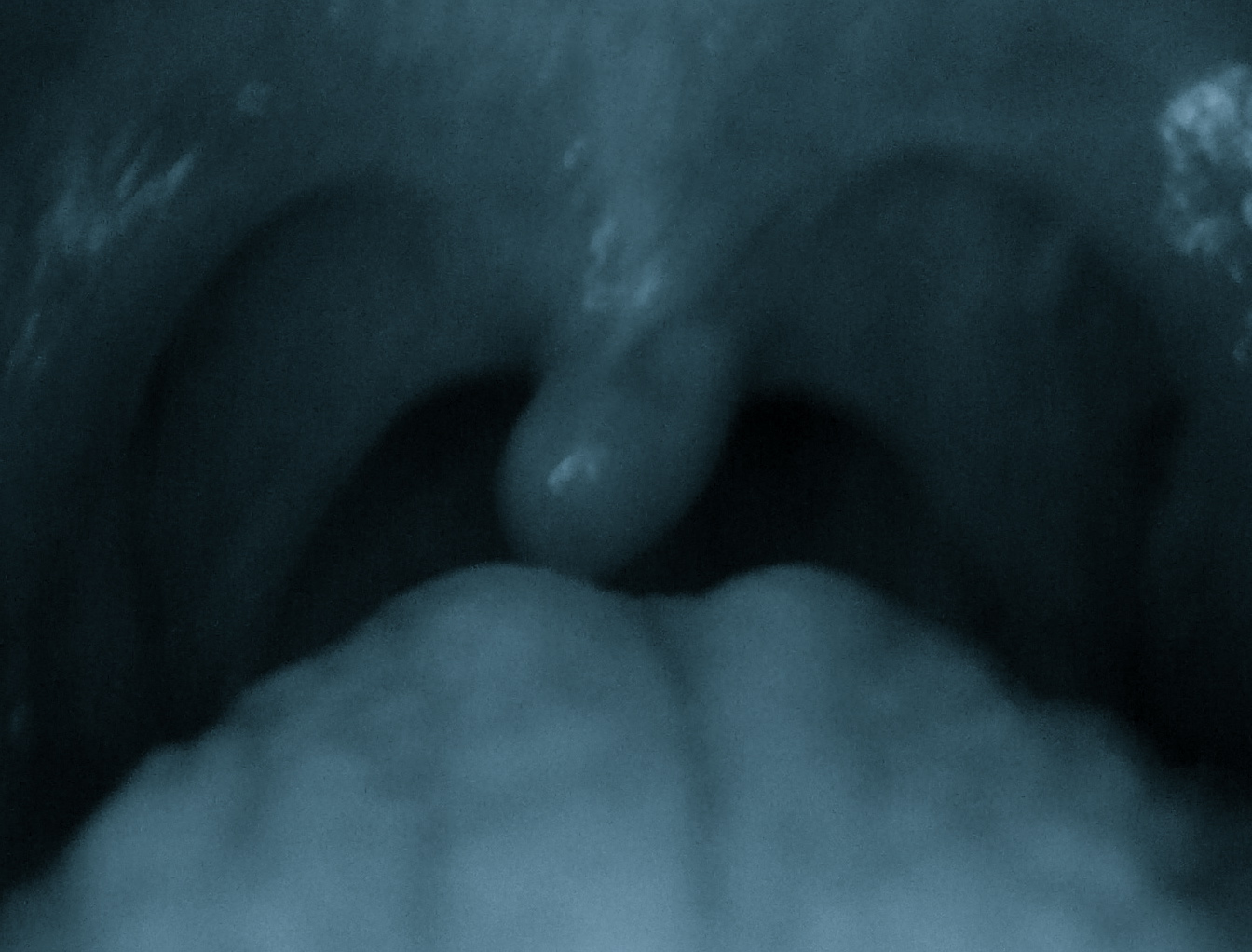Around 1662/63 Michel Lambert composed his first complete cycle of Leçons des Ténèbres. (He completed a second cycle dated 1689.) They were performed in front of the king in Paris at L’Eglise de Feuillants. The lessons are a series of meditations that from my personal understanding and experience aim at bringing listeners and performer beyond the shadows of death and sorrow into close acts of life and living in itself, allowing for a sensation of wholeness rather than separation between pain, uncertainties and hope. The musical manuscript is coloured by detailed written out vocal ornamentations. I am currently engaged in an artistic research study of these meditative lessons and their vocal ornaments. Throughout the study I read the score through the philosophical understanding of two concepts: the concept of NOTHINGNESS and the concept of JE-NE-SAIS-QUOI. In the process of performing the musical ornaments I set off on a journey into a certain-something-not-yet- known, that cannot really be described, since the score at first can be viewed as rather‘irrational’ but at the same time extremely detailed and specific. It is in this spacetime in- between reason and non-reason where I search to translate this wonderful meditative music from the 17th century into meaning and sound.
The music featured in this event is one out of nine vocal lessons/meditations being part ofLambert’s manuscript. The event will be documented and made available in the researchcatalogue database.
“Let us listen to a voice without voice. A voice that tells about sorrow and human disaster. Avoice describing the fall of a city, its inhabitants, visitors and intruders. Let us listen to a voice performing what cannot be seen because of eyes being so full of tears. Let us listen to a voice that, without limitations, enters our bodies and minds until nothing else can be voiced. When voice passes its own self, only NOTHING remains. This Nothing is our HOPE. It is in the stateof experiencing HOPE that we can live our lives in trust and peace. “
Elisabeth Belgrano, Kyoto March 2017

